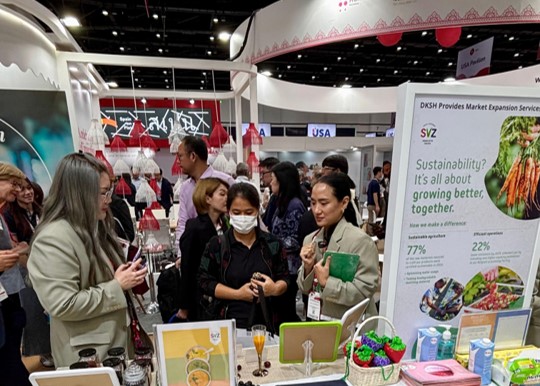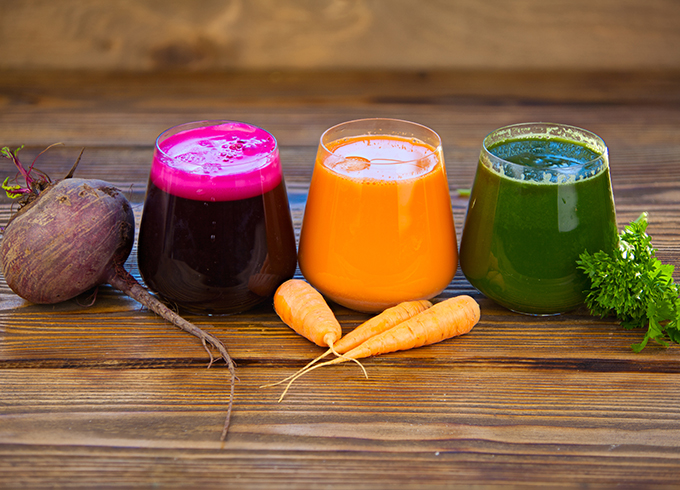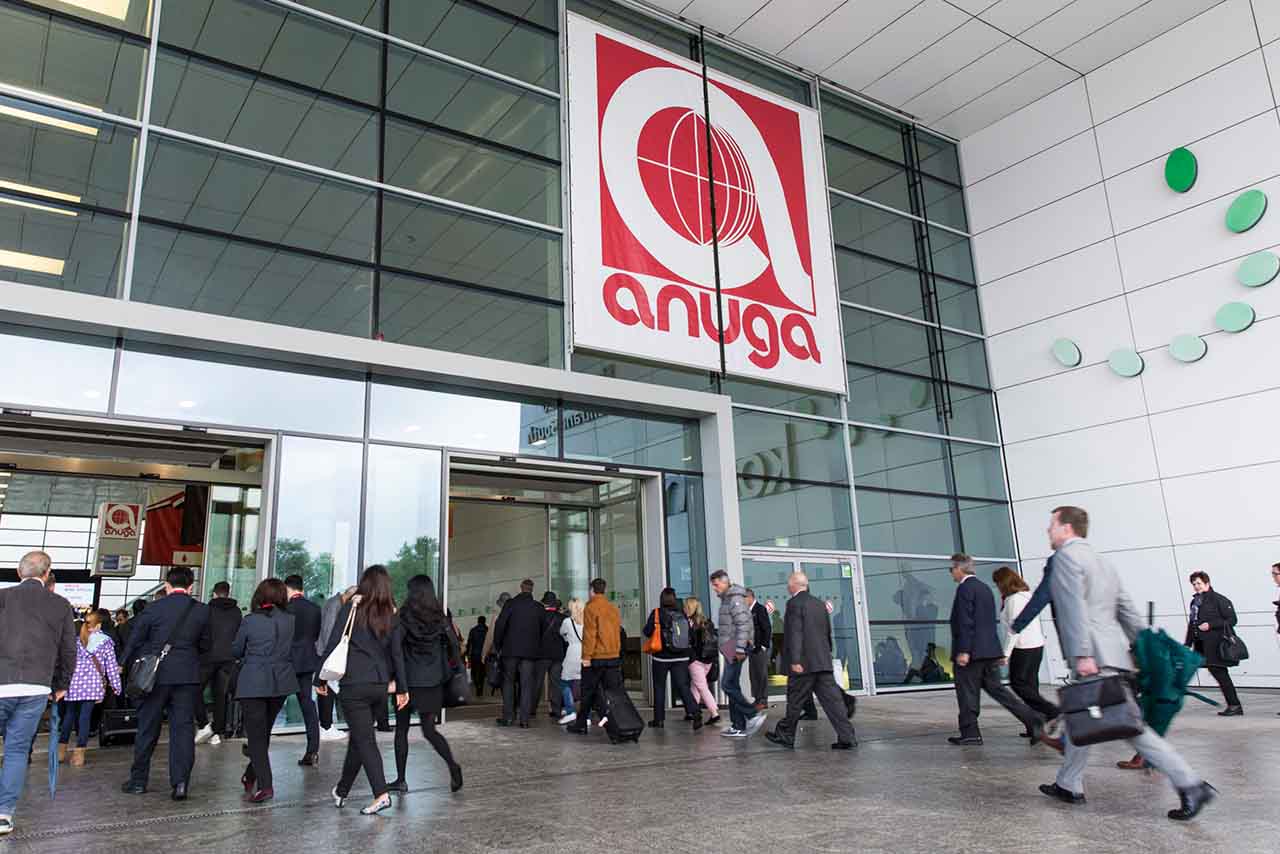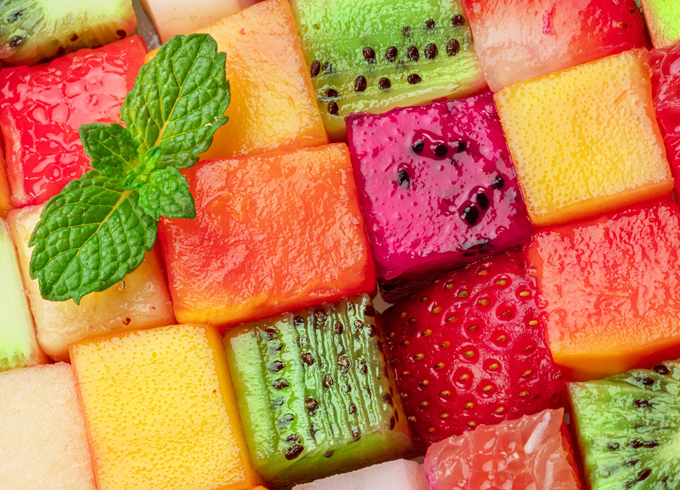Fi Asia 2025: Top food ingredient trends shaping APAC’s future

Bangkok was abuzz this September as Fi Asia 2025 brought together the region’s leading food and beverage innovators. With over 750 exhibitors and 23,000 attendees from 70 countries, the event offered a vibrant snapshot of where APAC’s ingredient innovation sector is heading. One thing was clear: APAC is leading the next wave of natural, functional, and plant-based innovation. From vibrant juices to functional drinks, brands across the region are responding to consumers that demand taste, nutrition, and enjoyment in every sip.
At SVZ, we were thrilled to explore this year’s top trends and connect with beverage innovators across the region over emerging innovation opportunities, especially in the beverage category. Here’s our round-up of the three biggest themes shaping the conversation at the show.
Natural + healthy = non-negotiable
No longer a nice-to-have, natural is the new normal—a message that echoed across Fi Asia 2025. In fact, the Asia-Pacific Clean Label Ingredients market is anticipated to grow at over 7% CAGR from 2024 to 2029.[i] It’s no surprise, since the rise of front-of-pack labelling schemes, like Singapore’s Nutri-Grade and Australia’s Health Star Rating systems, is pushing brands to prioritise transparency around cleaner, healthier formulations.
This is where fruit and vegetable ingredients shine. Given the strong association between fruits, vegetables and clean-label nutrition, brands have the opportunity to strip back formulations and spotlight recognisable, wholesome ingredients. Fruit purees, juices and concentrates—particularly from red fruits like strawberries, raspberries, and cherries and vegetables like spinach—deliver that sought-after transparency while also providing authentic flavour, nutrition and vivid colour without additives.
Functionality first
This year’s event also affirmed what many in the industry have been feeling: functionality remains top-of-mind as consumers look to ingredients that fuel well-being. Across the show floor, there was no shortage of drinks boasting added benefits—from energy and immunity to gut health and mental clarity. Indeed, there’s a broader APAC demand for functional beverages, with 38% of adult consumers actively seeking drinks designed to improve overall wellness or specific health areas.[ii]
For instance, digestive health is the leading physical health aspect for which consumers purchase functional food and beverages, with an 8% year-over-year growth in products with digestive health claims.[iii] Consumers are feeding their growing interest in digestive health with key ingredients like fiber and probiotics that optimise their microbiome. But it’s no longer enough for an ingredient to simply deliver health benefits. Today’s consumers expect products that taste delicious, look appealing and fit seamlessly into their busy, on-the-go lives.
The message at Fi Asia 2025 was clear: functional ingredients need to deliver genuine value while maintaining the sensory appeal consumers crave.
Less sugar, more plants
In a similar vein, sugar reduction also featured in many conversations at the show. With multiple APAC governments implementing sugar taxes and labelling requirements, manufacturers are under pressure to reformulate without sacrificing taste. That’s why brands are turning to naturally sweet ingredients to reduce reliance on added sugars, as the plant-based trend continues its momentum.iii The challenge, as many innovators acknowledged, is achieving sugar reduction while maintaining the sensory experience consumers expect.
Ingredients like strawberry and raspberry purees bring natural sweetness and flavour complexity to beverages and dairy products, allowing formulators to dial back refined sugars while adding valuable vitamins and antioxidants.
As 45% of global consumers associate a healthy diet with eating a variety of food and drink products, consumers are also departing from rigid nutritional goals and moving toward more inclusive, diverse diets by 2030. [iv],[v] With a renewed focus on variety and balance, we can expect to see the plant-based trend evolve in APAC with greater demand for various vegetable ingredients like kale, spinach, and red bell pepper purees.
As brands look to boost nutrition and visual appeal in everything from smoothie blends to bakery fillings, these fruit and vegetable ingredients tick multiple boxes: they’re plant-based, naturally colourful, nutrient-rich, and free from allergens like dairy and lactose. Ultimately, the convergence of sugar reduction and plant-based innovation creates a powerful opportunity to command a premium positioning while addressing multiple consumer concerns in one sip.
A taste of what’s next
From natural formulations to functional and plant-powered innovations, Fi Asia 2025 offered a taste of the exciting new possibilities in store for the evolving APAC food and beverage sector. What struck us most was how all three trends—natural and healthy ingredients, functional innovation, and sugar reduction with plant-based options—are interconnected. Consumers aren’t looking for products that address just one of these areas; they want it all. And they want it to taste exceptional.
For brands looking to stand out in this crowded, competitive landscape, the opportunity is clear. Curious about what SVZ’s 100% natural red fruit and vegetable ingredients can do for your APAC food and beverage innovation? Visit our website to learn more: svz.campaign.page/apac
[i] Research and Markets. Asia-Pacific Clean label Ingredients Market Outlook, 2029.
[ii] Packaged Facts. Functional Beverages: Market Trends and Opportunities Report, 2nd Edition, 2023.
[iii] Innova Market Insights. Top Ten Food and Beverage Trends 2025.
[iv] FMCG Gurus. Top Ten Trends for 2025 – Global Report.
[v] Mintel. 2026 Global Food and Drink Predictions.


